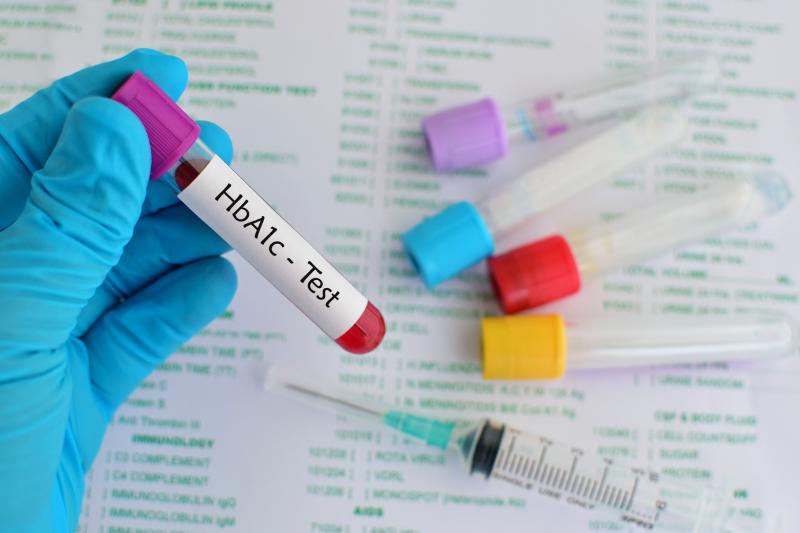
HbA1c grading influences the risk of developing isoniazid resistance and multidrug resistance (MDR) in tuberculosis (TB) infected patients with type 2 diabetes mellitus (T2DM), a study suggests.
Researchers reviewed relevant studies to pool existing evidence, conducted a multicentre retrospective clinical study to identify the impact of HbA1c on the development of anti-TB drug resistance, and developed a model to accurately predict and individually assess the development of MDR for TB–T2DM patients.
Results for the systematic review were inconsistent. Meanwhile, the multicentre chart review with 657 records consisted of 390 patients with HbA1c <7 percent and 267 with HbA1c ≥7 percent.
Patients in the HbA1c <7 percent group had a lower risk of developing rifampicin resistance (odds ratio [OR], 1.904; p=0.001), isoniazid resistance (OR, 2.896; p<0.001), and MDR (ORs, 3.228; p<0.001).
The model for MDR that included HbA1c grading demonstrated excellent predictive ability, with an area under the curve (AUC) of 75.4 percent in training set and 73.9 percent in internal validation set. The addition of HbA1c grading also significantly improved the model performance in calibration, prediction probabilities, and net clinical benefit.
There are several ways that HbA1c can induce anti-TB drug resistance. First is through the involvement of oxidative stress, which plays a crucial role in activation of resistance to isoniazid. Furthermore, hyperglycaemia may reduce the concentration of isoniazid in blood by delaying absorption and promoting elimination, with lower drug concentrations contributing to the development of drug resistance to a great degree. [Eur J Clin Pharmacol 2017;73:65-70; ACS Omega 2018;3:4213-4219; J Biol Chem 2018;293:17200-17207]